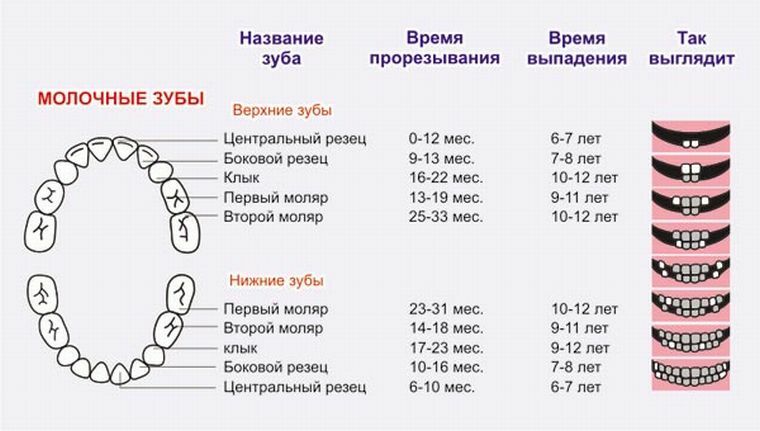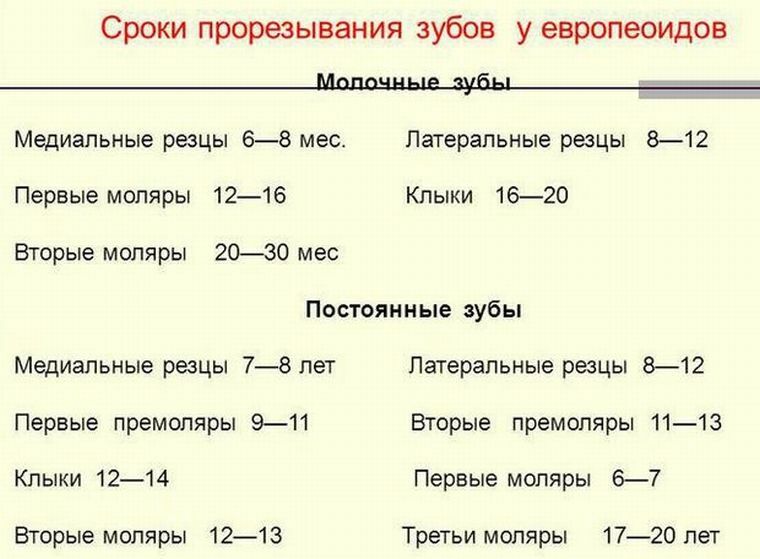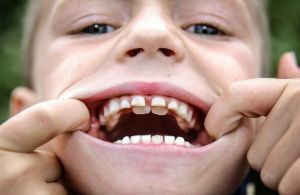 It is known that teething is a rather complicated process, which causes quite a lot of trouble. In the beginning the baby has baby teeth. Over time, they are replaced by permanent molars. This process of change has its own characteristics.
It is known that teething is a rather complicated process, which causes quite a lot of trouble. In the beginning the baby has baby teeth. Over time, they are replaced by permanent molars. This process of change has its own characteristics.
With the growth of molars it is necessary to exert maximum efforts to make them grow even and healthy. Here you need to pay attention to some factors. First of all, this concerns the timely replacement of teeth.
People are used to solving all problems with teeth with the help of dentists and orthodontists. Of course, referring to specialists is quite an important process. But, some questions can be solved independently.
In particular, this concerns the change of teeth. Possessing certain information, even the parents themselves can easily determine which teeth the children have: dairy or permanent and how to distinguish them from each other.
Contents
- Meet
- milk teeth
- on a permanent basis When you can not do without the help of a doctor
- How to distinguish a milk tooth from a root
Meet - milk teeth
The first teeth of a child begin to form in the first trimester of a mother's pregnancy. Therefore, during this period, doctors recommend that special attention be paid to the diet. Of course, the baby's teeth erupt much later after the birth of the child.
Most often, this period occurs when the child makes the first significant movements. In this case, the child may have fever and gum may swell.

In a year and a half or two years the baby has all the milk teeth, they are somewhat smaller and have a different shape than the molars. Their peculiarity lies in a unique bluish tinge.
Permanent teeth are yellowish-gray in color. In six years, the baby's teeth begin to actively change to indigenous teeth.
On an ongoing basis
By the age of 6, the baby has the first molars. The number of molars is 12 pieces, 6 for each jaw. The feature of the upper molars is a large size and a high strength. They have 3 roots, which diverge in different directions. This ensures their reliable fastening and resistance to loads.
When a molar tooth appears, the milk naturally falls out. But, sometimes there are exceptions. So, it happens that the milk has not yet fallen out, and the permanent teeth are ready to take their place.
In such cases, the child has pain and discomfort. In this case, it is better to immediately seek help from a specialist.

Timely assistance provided will prevent the curvature of the new tooth. Root teeth perform an important function, which consists in crushing food. This is due to the four bumps on its surface.
Throughout life it is necessary to take care of them carefully. This will preserve their integrity and functioning. Otherwise, specialists can not do without the help.
When you can not do without the help of a doctor
Often, teeth change is almost painless. With an independent loss of teeth does not cause pain. But there are exceptions.
So, if a child has severe pain, itching, a fever rises, or the sensitivity of the enamel rises, then it is necessary to immediately seek help from a doctor. Also, a profuse hemorrhage on the site of the recently dropped milk tooth should be alerted.
 If a permanent tooth does not appear on the spot of the fallen milk, then it is necessary to contact the dentist. The point is that you may need treatment.
If a permanent tooth does not appear on the spot of the fallen milk, then it is necessary to contact the dentist. The point is that you may need treatment.
In some cases, inflammatory processes and other complications can occur that will give the child discomfort and painful sensation. An equally important problem is the improper growth of the tooth. In the future this negatively affects the bite.
Actually, the change of occlusion is a natural process. If this does not cause pathologies and symptoms, then do not worry.
How to distinguish a milk tooth from a root
Dairy and molars have many differences. First of all, it is worth noting that the milk teeth are temporary, they eventually fall out, and their place is occupied by the teeth. The process takes place with some effort.
First of all, the growth of the roots of permanent teeth occurs. They expel molochki through the dental canals. Also, the permanent tooth, growing, rests on the milk tooth, which creates an additional force that pushes it out.
Of particular importance are the special cells that destroy the roots of the milk teeth. As a result, they lose traction with the jaw. The root becomes thin and long. This form accompanies the expulsion of the milk tooth under the influence of previous factors.
If the tooth itself does not drop out for one reason or another, it can easily be eliminated with dental instruments.
You can distinguish between your teeth and by number. First of all, it should be noted that the adult has 32 molars.
Their roots are bent and diverge, which provides a secure attachment with the jaw. Dairy teeth have a characteristic shape. In the cervical part of the tooth, one can observe a podicular thickening.

In the photo of the boy's milk teeth have not yet fallen out, and the permanent ones are already being cut
You can also distinguish the teeth by the shade. The first teeth of the child are white with a slight bluish tint. As far as indigenous, they have a yellowish-gray hue. The cervix is darker.
It is also worth noting that the baby teeth are less hard than permanent teeth. They are easily amenable to drilling and other manipulations carried out by the dentist for the purpose of treatment.
With this information, every parent can easily recognize which tooth is growing in the child. In the future, this will allow us to closely monitor changes in the bite.
Thanks to this, there is every chance that a child will receive a healthy and beautiful smile. If you suddenly find that the milk tooth can not leave the tooth channel in any way, you should immediately seek help from a doctor. This will avoid many problems, including the occurrence of pain, and malaise in the child.
